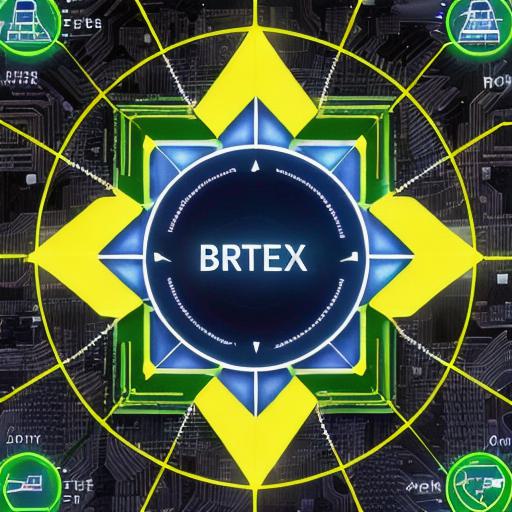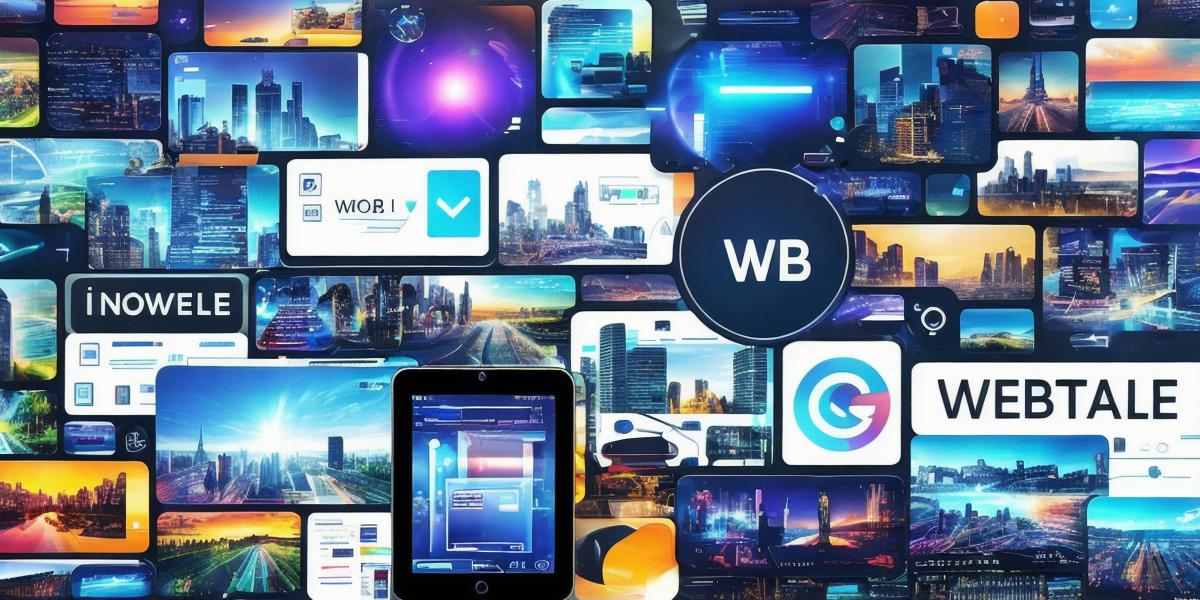Web3 is a rapidly growing and evolving technology that promises to revolutionize the way we interact with each other and our data. It’s been called the future of the internet, and it has already started to gain traction among developers, businesses, and individuals alike. However, as with any new technology, there is also a lot of hype surrounding Web3. In this article, we will explore the exciting world of Web3, and help you separate the hype from reality.
What is Web3?
At its core, Web3 refers to the decentralized, peer-to-peer internet that is being built using blockchain technology. It is a world where users have more control over their data and the way they interact with each other. It’s also a world where businesses can operate more efficiently, securely, and transparently.
One of the key features of Web3 is decentralization. This means that there is no central authority controlling the internet. Instead, it is run by a network of computers that work together to validate transactions and maintain the integrity of the data stored on the blockchain.
Another important aspect of Web3 is the use of smart contracts. Smart contracts are self-executing programs that can automate the enforcement of contracts between parties. They have the potential to revolutionize many industries, including finance, supply chain management, and healthcare.
Use Cases for Web3
There are many exciting use cases for Web3 that developers and businesses can explore. Here are a few examples:
- Decentralized Finance (DeFi): DeFi is an application layer on top of the blockchain that enables users to access financial services in a decentralized way. This includes things like lending, borrowing, trading, and insurance. DeFi applications are built on smart contracts, which allow them to operate without intermediaries.
- Supply Chain Management: Web3 can be used to create a more transparent and secure supply chain. By using blockchain technology, businesses can track the movement of goods from the point of origin to the end consumer. This can help to reduce fraud, improve efficiency, and increase transparency.

- Identity Verification: Web3 can also be used for identity verification. By using blockchain technology, users can securely store and share their personal information without having to rely on intermediaries like social media platforms or centralized authorities. This can help to reduce identity theft and improve privacy.
Challenges for Web3
Despite its many potential benefits, there are also some challenges that Web3 faces. One of the main challenges is scalability. Currently, blockchain networks like Ethereum can only handle a limited number of transactions per second. This can be a problem for applications that require high throughput, like DeFi and gaming.

Another challenge is interoperability. Currently, there are many different blockchain platforms in use, each with its own protocols and standards. This can make it difficult for developers to build applications that work across multiple platforms.
Finally, there is the issue of regulation. Web3 technologies like cryptocurrencies and smart contracts are still relatively new, and there is a lack of clear guidance from governments and regulatory bodies about how they should be used and governed. This can create uncertainty for businesses and individuals looking to adopt Web3 technologies.
Conclusion
Web3 is an exciting technology with the potential to revolutionize many aspects of our lives. While there are challenges to overcome, the potential benefits make it a worthwhile endeavor for developers, businesses, and individuals alike. By staying informed about
